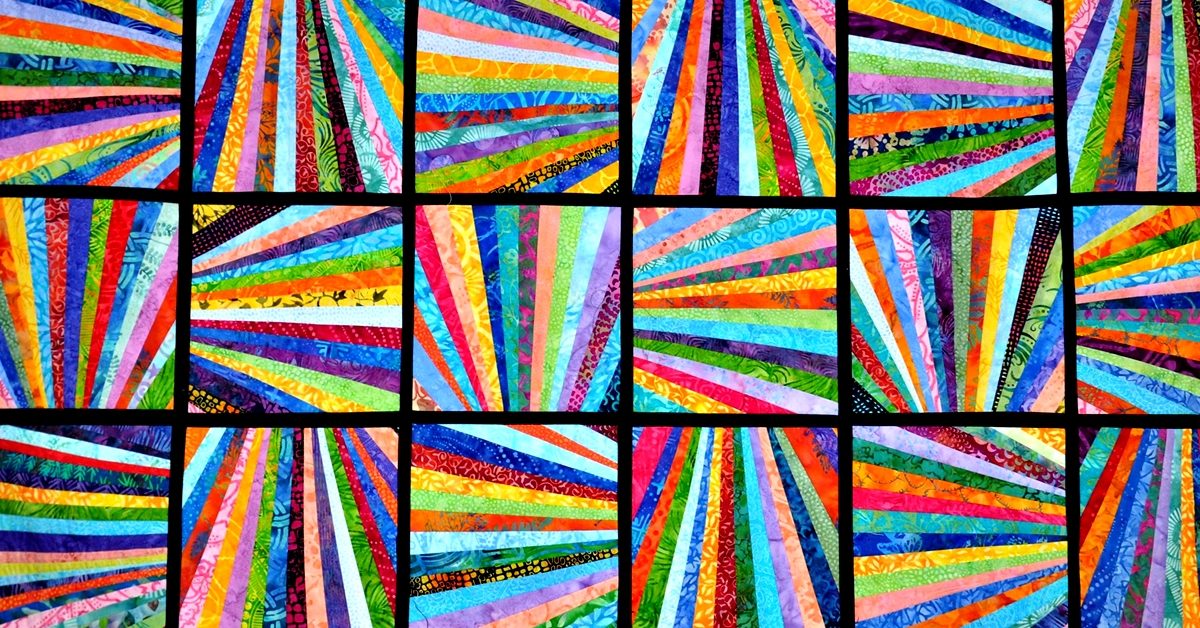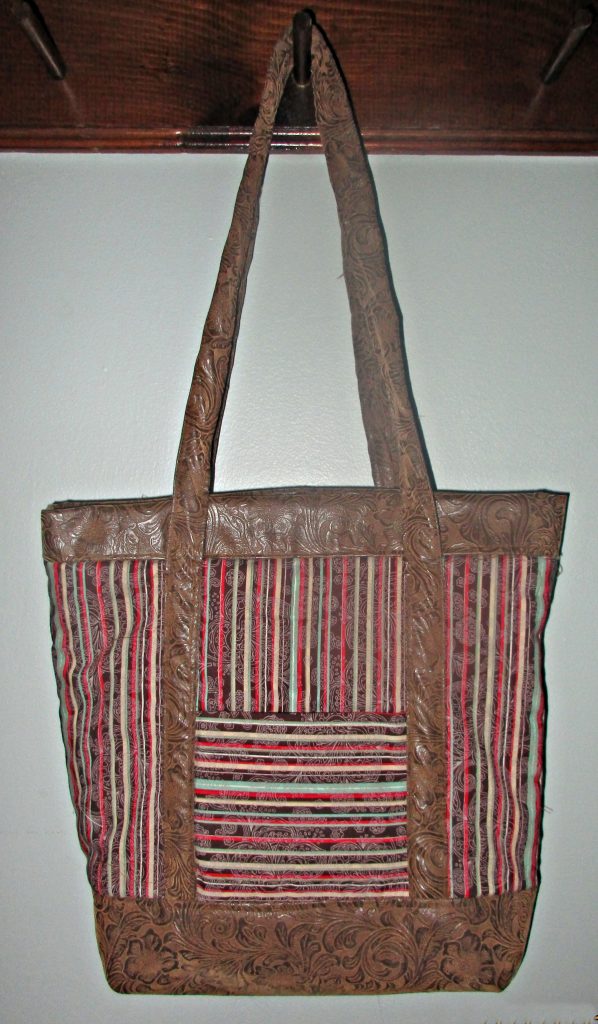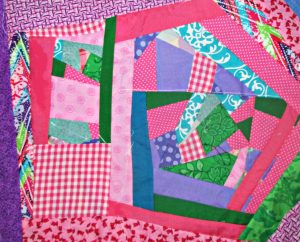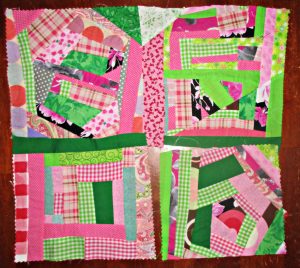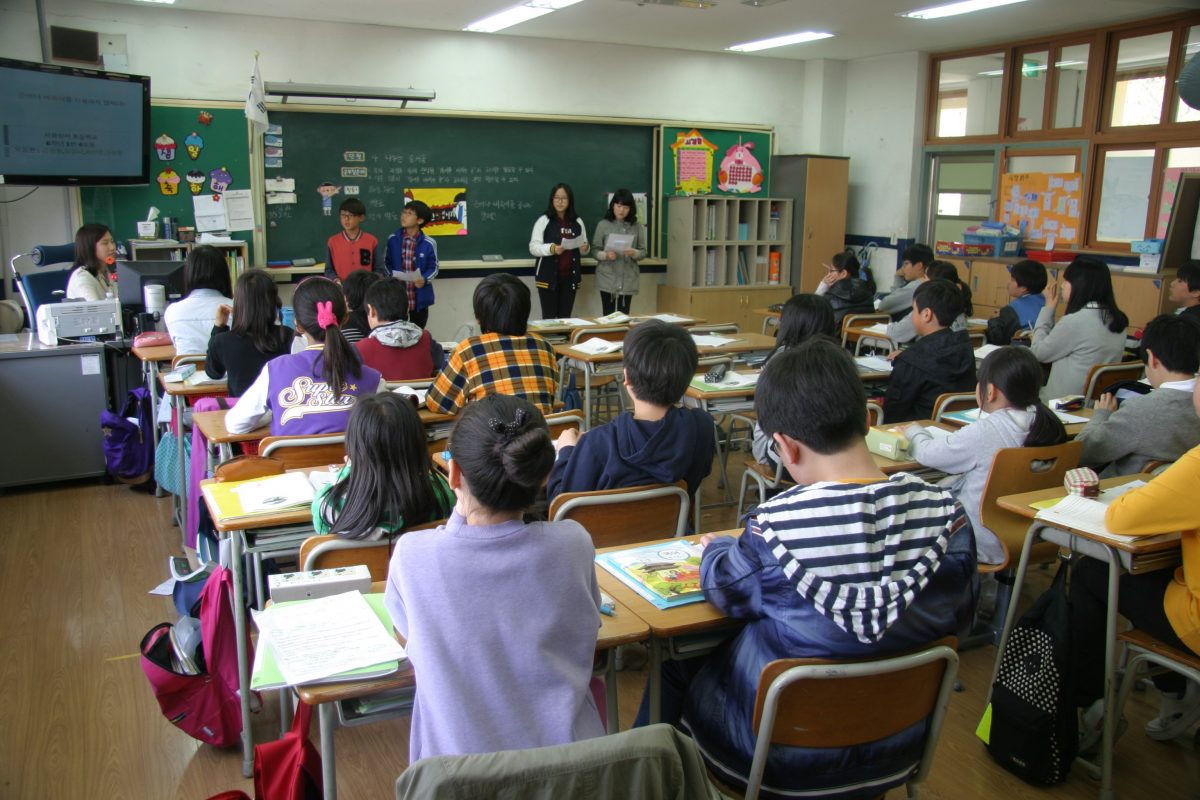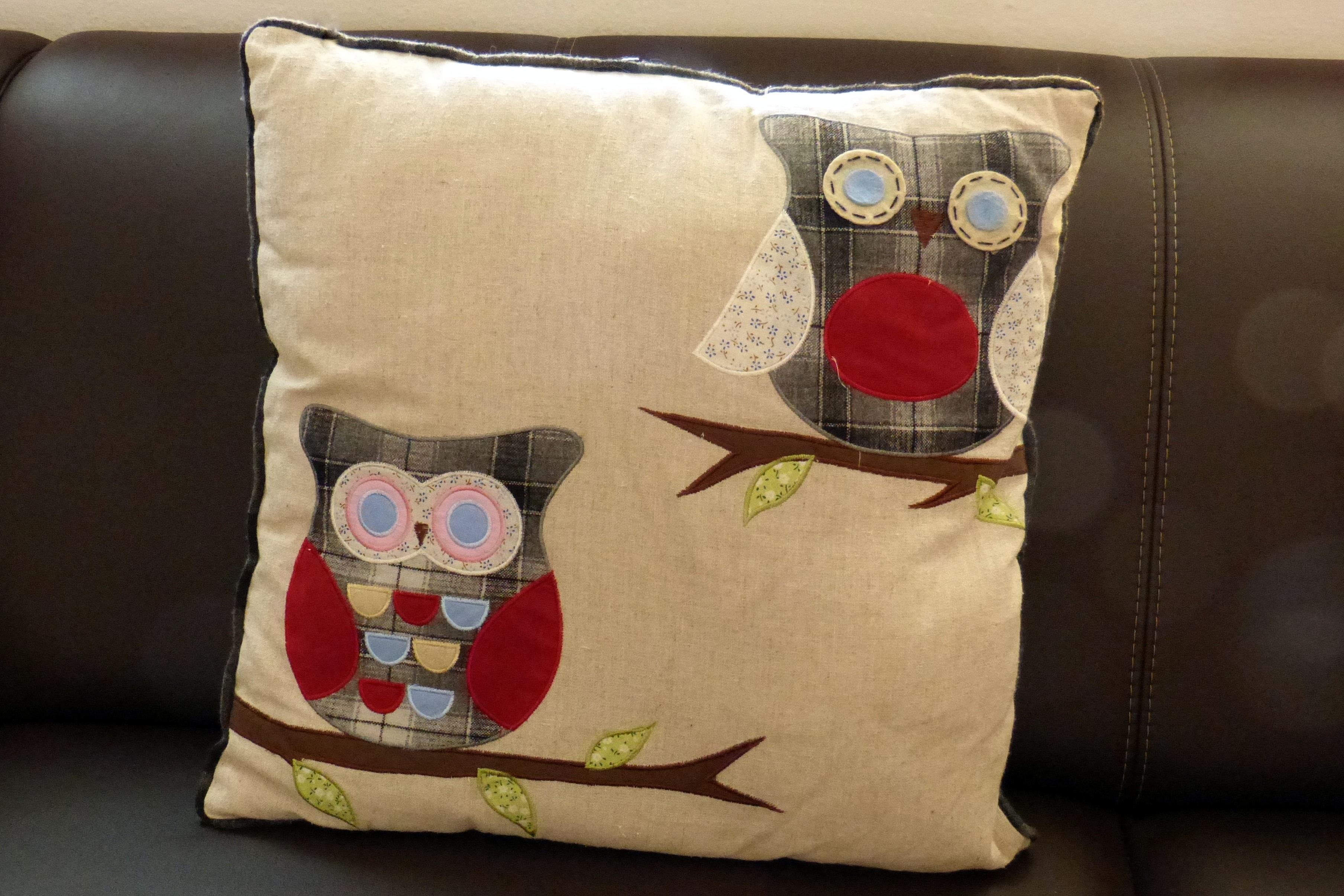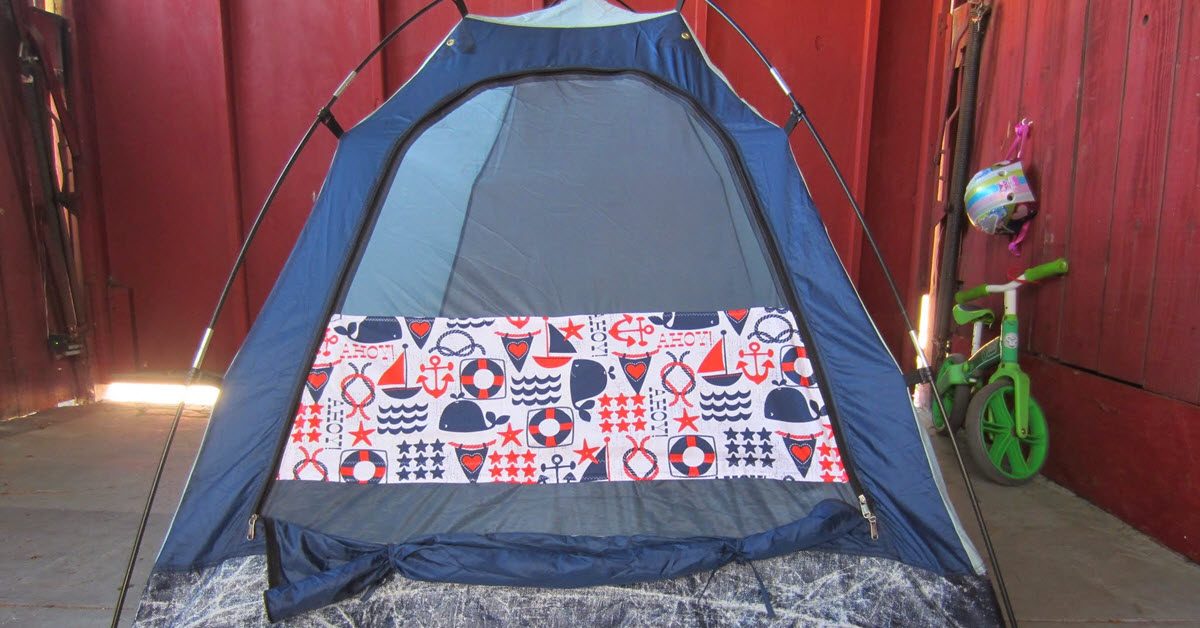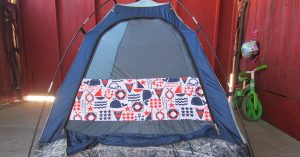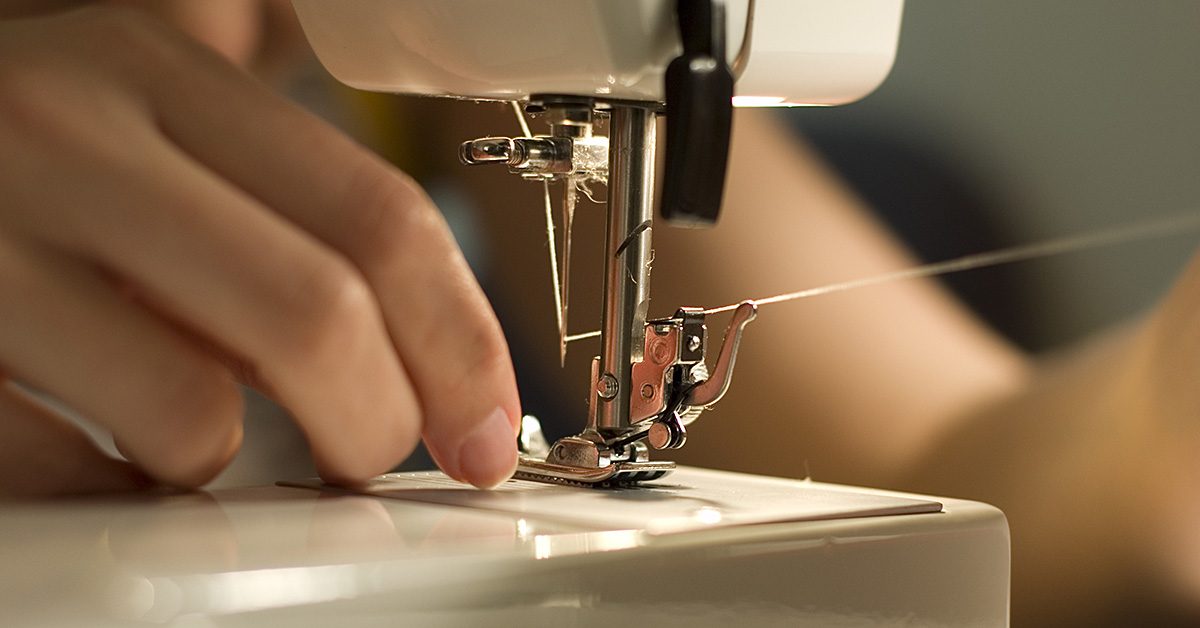The Sew Blog project at Sewing Machines Plus ends today! I have really enjoyed sharing projects, ideas, and inspiration with you here, but now it is time for us to move on to new things. And so we will no longer post updates on this sew blog.
If you have been a loyal or an occasional reader here, thank you. If you are just now finding us, please read on! We’ve worked hard to pack this sew blog full of both easy and challenging projects, information, inspiration, and more. If you have a sewing question, we hope you will find the answer here.
Keep in touch
Follow Sewing Machines Plus on Facebook and on YouTube for info on what’s new at SMP.
For more from me, please join my email list at Sewing and Growing. There will be new posts there and I will also be releasing several bag and patchwork skirt patterns soon. These patterns will be available on Craftsy and some will be free. Sign up for the newsletter at my sew blog to be notified as soon as these patterns are released, and for more sewing info and inspiration from me. I’ll look forward to seeing you there!
You can also follow me on Twitter and Pinterest.
Final sew blog inspiration
I’d like to share a couple more fun and helpful ideas with you here before we go. These ideas are not my own, but I’ve been having a lot of fun playing with them lately, and one has been an absolute revolution in scrap management for me; I hope you’ll love these ideas as much as I do.
A scrap-busting revolution
Scrap management is always an issue for sewists and quilters. How do you manage yours?
I have to admit that I have tried many different ways, but mostly I end up stuffing scraps in boxes, bins, baskets, or bags, and then dumping these out to pick through when I want to use them. This is messy for sure!
Recently I came across this post on Victoria Findlay Wolfe’s sew blog and tried her idea for “made fabric.” I fell in love with the idea, and now, instead of gathering my scraps from the floor and stuffing them somewhere, I sew them together at the end of the day and make patchwork fabric.
I’ve been asked how this is different from crazy patchwork. Crazy patchwork uses a foundation fabric, and scraps are sewn down on top of this foundation. So, while crazy patch is a good way to use scraps, it is not “made fabric.” In this method of scrap busting, you sew the scraps to each other to make fabric. You don’t use any foundation behind them.
15 Minutes of Play
Victoria wrote a book, 15 Minutes of Play, which gives lots more inspiration for using her made fabric idea. This book has been on my wish list for a while now, but her sew blog also provides plenty of ways to work with made fabric. I find that it’s so much fun to make that I usually extend this playtime for more than just 15 minutes and make a few blocks, but you can complete one in just a quarter of an hour.
I have a few ideas of my own for what to do with made fabric, too, and I’ll share some of them with you now:
Besides cutting it into blocks and making quilts, I plan to make different sizes of lined bags (with drawstrings) from them, to use as quilt and gift bags. I already made a lotus bag from a twelve-inch square—I’m sorry to say that I gave it away without snapping a picture. I might use several squares and make this kind of kinchaku bag.
I’ll also make a journal cover from some of my made fabric. I might even use the tiniest scraps to make small made fabric circles to cover Mason jar lids when I make bath salts or other gifts to give in a jar. And I think that a made fabric patchwork bear or bunny would be a ton of fun to create.
I bet you will come up with lots of ideas, too; this is such a fun thing to do that, like me, you might like to spend even more than 15 minutes each day playing with patchwork and scraps.
Scatterbrain quilts
You can incorporate both made fabric and leftover or UFO blocks in the fun quilts that Felice Regina calls scatterbrains. She says that she dislikes making the same block over and over, so she combines different blocks to make these gorgeous but informal sampler quilts. Check out Felice’s inspirational Scatterbrain quilts on her blog.
Whether you have a few random or leftover blocks taking up space in your sewing drawer, or a few blocks that you’d love to try without committing to making a whole quilt of them, you might like to make one of these fun quilts, too. I think all quilters will love to make at least one of these. I’ve just gotten started on my first one; if you’ll like to see photos of this when it’s complete, visit me at Sewing and Growing.
That’s all folks!
Thanks for reading this blog. Please follow us elsewhere for more info and inspiration, and shop SewingMachinesPlus.com for all your sewing machine and supply needs. Happy sewing!

